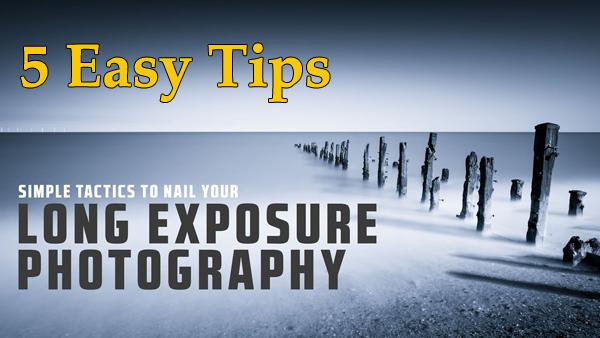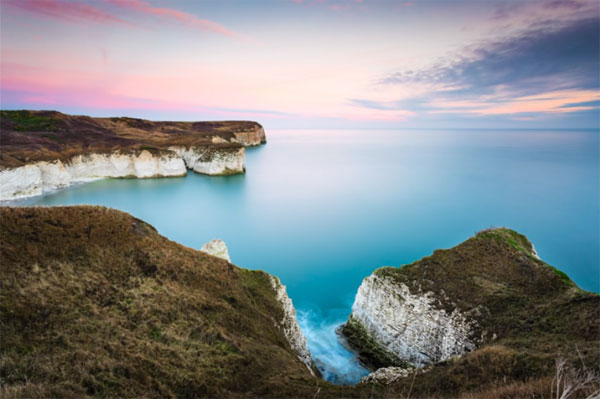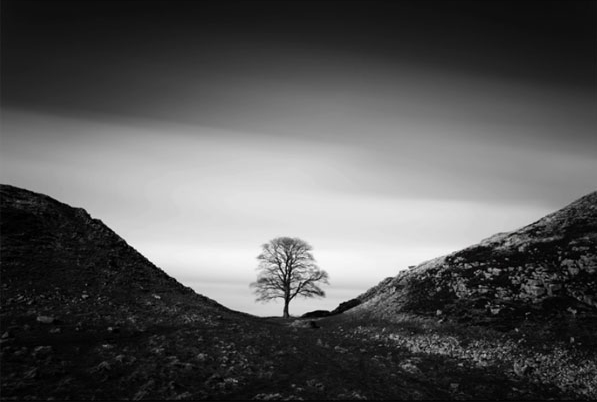5 Easy Tips for Shooting Spectacular Long-Exposure Nature Photographs (VIDEO)

One fail-safe technique for making images that elicit oohs and aahs is to shoot with a long exposure to smooth out motion and create a unique, ethereal effect. And the tutorial below provides five helpful tips for nailing long-exposure photographs with ease.
We're all familiar with captivating cityscape images that owe their impact to the colorful red light streaks that result when rendering automobile taillights with slow shutter speeds. Likewise, intentional motion blur is used by landscape photographers to capture whimsical images with feathery clouds and cotton-like waterfalls, lakes, and streams.

In the video below, British landscape photographer Adam Kamacz reveals the techniques he uses when shooting with long exposures. He says that if you follow these tips you will consistently get great results, without wasting time on experimentation. While the emphasis of this tutorial is on nature photography, you can also put these techniques to good use in urban environments.
Kamacz is shooting on a beautiful clear day along the coast, and begins with a discussion of how neutral-density (ND) filters can facilitate the task of using long exposures on bright days. He explains why just three filters are all you need to capture truly spectacular images.

As you’ll see, there are also a few techniques you can employ where lens filters aren’t required. When Kamacz notes that “many landscape photographers struggle with workflow,” he’s not referring to image-editing techniques, but rather the manner in which you visualize a scene, set up your gear, refine composition, and choose the appropriate camera settings for the specific subject and conditions you confront.
Kamacz also illustrates the creative effects offered by different shutter speeds, and explains why shooting in black and white will sometimes deliver the best results. So watch the video to see how it’s done, and then head over to Kamacz’ YouTube channel for more helpful advice.
And be sure to check out another great tutorial we posted, demonstrating how to choose the best focal length lens for different landscape scenes.
- Log in or register to post comments

















































